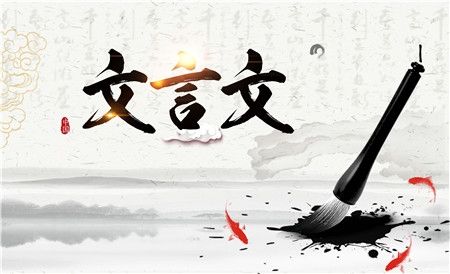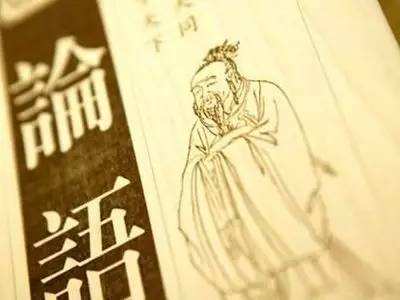Literary Chinese
3 min readClassical Chinese or Literary Chinese is a traditional style of writen Chinese based on the grammar and vocabulary of Zhou Dynasty Chinese,making it very different from any modern spoken form of Chinese.Classical Chinese was used for almost all formal correspondence before the 20th century,not only in China but also in Korea,Vietnam and Japan.
Among Chinese speakers,Classical Chinese has been largely replaced by Vernacular Chinese,a style of writing that is closer to modern spoken Chinese,while speakers of non-Chinese languages have largely abandoned Classical Chinese in favor of local .

While the terms Classical Chinese and Literary Chinese are commonly used interchangeably,this is not strictly accurate.Sinologists generally agree that they are in fact different things.By most academic definitions,Classical Chinese refers to the written language of China from the Zhou Dynasty,and especially the Spring and Autumn Period,through the end of the Han Dynasty.Classical Chinese is therefore the language used in many of China’s most influential books,such as The Analects of Confucius,The Book of Mencius and Dao De Jing.
Literary Chinese is the form of written Chinese used from the end of the Han Dynasty to the early 20th century,when it was replaced by Vernacular Written Chinese.Literary Chinese diverged more and more from Classical Chinese as the languages of China became more and more disparate and as the Classical Written Language became less and less representative of the spoken language.At the same time,Literary Chinese was based largely upon the Classical Language,and writers frequently incorporated Classical Language into their Literary writings.
Literary Chinese therefore shows a great deal of similarity to Classical Chinese,even though the similarity decreased over the centuries.
Wen Yan was the primary form used in Chinese literary works until the May4 Movement,and was also heavily used in Japan and Korea.Exceptions to the use of Wen Yan were vernacular novels such as Dream of the Red Chamber.Today,pure Wen Yan is occasionally used in formal or ceremonial occasions.In practice there is a socially acceptedcontinuum between Bai Hua and Wen Yan.A person writing a letter that is otherwise in Bai Hua might include Wen Yan expressions and phrases to express that the matter being discussed is formal or serious and important.A letter written completely in Wen Yan would be considered quaint and old-fashioned,but hardly wrong or incorrect.

Most Chinese people with at least a middle school education are able to read basic Wen Yan,because the ability to read(but not write)Wen Yan is part of the Chinese middle school and highschool curricula and is part of the college entrance examination.Wen Yan is taught primarily by presenting a Classical Chinese work and including a Bai Hua gloss that explains the meaning of phrases.Tests on Classical Chinese are often essentially translation exercises that ask the student to express the meaning of a paragraph in Bai Hua.
In addition,many works of literature in Wen Yan(such as Tang poetry)have major cultural influences.However,even with knowledge of grammar and vocabulary,Wen Yan can be extremely difficult to decipher,even by educated native speakers of Chinese,because of itsheavy use of literary references and allusions as well as its extremely abbreviated style.








